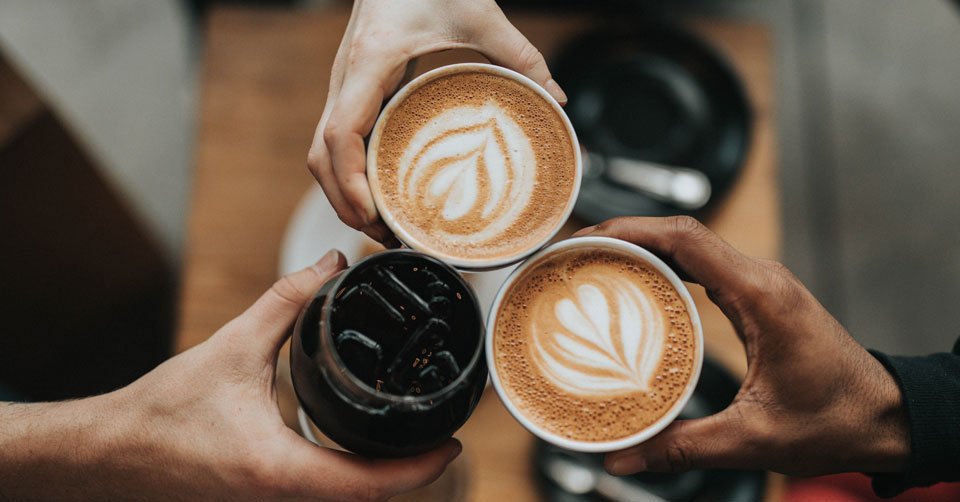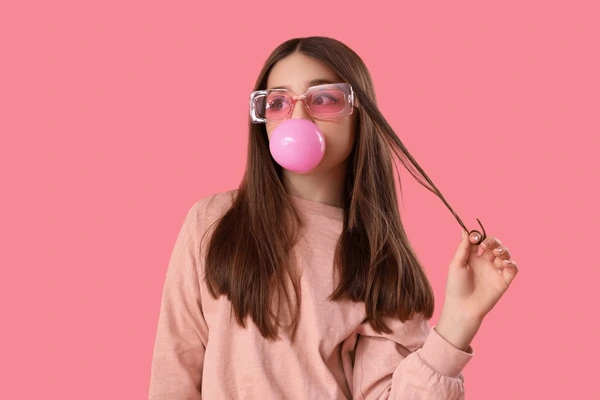Rebecca Sugar is a renowned American animator, writer, and creator known for her groundbreaking work in the animation industry. Best known for creating Steven Universe, a critically acclaimed animated series, Sugar has captivated audiences with her unique art style and storytelling techniques. However, long before her success in animation, Rebecca Sugar’s old art ratatouille was already honing her artistic skills, creating imaginative pieces that would later shape her career. In this article, we’ll explore her early artwork and how classic animation, including films like Ratatouille, may have influenced her journey.
The Evolution of Rebecca Sugar’s Art
Like many artists, Rebecca Sugar’s early work reflects the raw creativity and experimentation that would later become hallmarks of her signature style. From sketches to digital art, her portfolio is a fascinating window into her artistic growth. Sugar’s early art showcased her deep love for storytelling, often featuring emotionally charged characters and whimsical, detailed scenes. Though her older pieces lacked the polish seen in her later projects, they laid the foundation for the depth and emotion that audiences would come to adore in her animated works.
The Intersection of Rebecca Sugar and Ratatouille
Ratatouille is a beloved Pixar film released in 2007, telling the story of a rat who dreams of becoming a chef. While Rebecca Sugar did not work directly on Ratatouille, it’s interesting to consider how this animation gem might have influenced Sugar and other creators of her generation. Like Ratatouille, Sugar’s work often delves into themes of following your passion, challenging societal expectations, and embracing creativity—whether it’s cooking or creating art.
For artists and animators like Sugar, Ratatouille set a new standard for storytelling in animated films, blending humor with heart and complex character development. It’s easy to see how such a film could inspire an artist who’s deeply invested in creating meaningful narratives.
Key Characteristics of Rebecca Sugar’s Early Art
Rebecca Sugar’s old artwork shares many of the key characteristics that later became integral to her animation. In her early pieces, you’ll find:
- Emotionally Driven Characters: Much of Sugar’s work revolves around characters with deep emotional arcs, something that is evident even in her early art. This aligns closely with Ratatouille, which emphasizes emotional depth in its characters.
- Whimsical and Detailed Worlds: Sugar’s art often featured highly imaginative and detailed environments. Her knack for building entire worlds out of small moments is something Ratatouille also excels at.
- Themes of Acceptance and Identity: Even in her older works, themes of acceptance, belonging, and self-discovery were central. These are also key themes in Ratatouille, where the main character, Remy, grapples with his identity as a rat who loves cooking.
Nostalgia and the Animation Industry
Fans of animation often enjoy exploring the early works of their favorite artists. In Rebecca Sugar’s case, her old art offers a glimpse into her evolving creativity. For many of her fans, this nostalgic look back helps them connect more deeply with her current work. The animation industry itself thrives on these callbacks to earlier forms of artistic expression, whether it’s through the emotional weight of early sketches or the timeless appeal of a classic film like Ratatouille.
Rebecca Sugar’s Artistic Style vs. The Pixar Aesthetic
While Rebecca Sugar’s style is distinct from Pixar’s, there are some interesting similarities when you compare her art to the Ratatouille aesthetic:
- Rebecca Sugar’s Style: Known for her hand-drawn, often minimalist style, Sugar uses soft colors, expressive faces, and heartwarming narratives in her animation.
- Pixar’s Style in Ratatouille: Pixar, on the other hand, focuses on rich, detailed animation with lifelike textures and vibrant worlds. In Ratatouille, the studio combined these visual elements with a nuanced story of self-discovery and following one’s passion, similar to the storytelling approach that Sugar values.
While the styles differ, both Rebecca Sugar’s work and Ratatouille’s prioritize storytelling and character-driven narratives that deeply resonate with audiences.
The Cultural Impact of Ratatouille and Its Artistic Influence
Ratatouille had a profound impact on both the animation industry and fans of the genre. It inspired a generation of animators, illustrators, and creators to push the boundaries of storytelling through animation. The film’s success showed that animated movies could tackle serious themes while maintaining broad audience appeal.
For Rebecca Sugar’s old art Ratatouille and many other animators, Ratatouille may have reinforced the importance of blending rich narrative arcs with emotional, relatable characters. The film’s lasting impact can be seen not only in its fanbase but also in how it encouraged artists to think critically about the stories they tell.
Conclusion:
Looking back at Rebecca Sugar’s early artwork gives us a clear picture of how she evolved into one of the most innovative animators of her time. While she may not have been directly involved with Ratatouille, both her work and the film share an emphasis on heartwarming storytelling, complex characters, and following one’s passion. The intersection of these elements has helped define her career and solidified her place in animation history.
As fans continue to discover her old art, it’s clear that the emotional depth, imagination, and creativity that defined her early work continue to be driving forces behind her success. Just like Ratatouille, Rebecca Sugar’s legacy is one of inspiration, passion, and the power of following your dreams.
FAQs
Q: What are Rebecca Sugar’s most famous early art pieces?
A: Some of Sugar’s early art can be found in her personal sketches and digital artwork shared online, much of which laid the foundation for her work on Adventure Time and Steven Universe.
Q: Did Rebecca Sugar ever work on Ratatouille or similar Pixar projects?
A: No, Rebecca Sugar did not work on Ratatouille, but it’s possible that she was influenced by the film, as it has inspired many animators and storytellers in her generation.
Q: How does Rebecca Sugar’s old art compare to her current work?
A: Sugar’s older work tends to be more experimental and raw, reflecting her growth as an artist. Her current work is more polished but retains the same emotional depth and strong character development seen in her early pieces.




